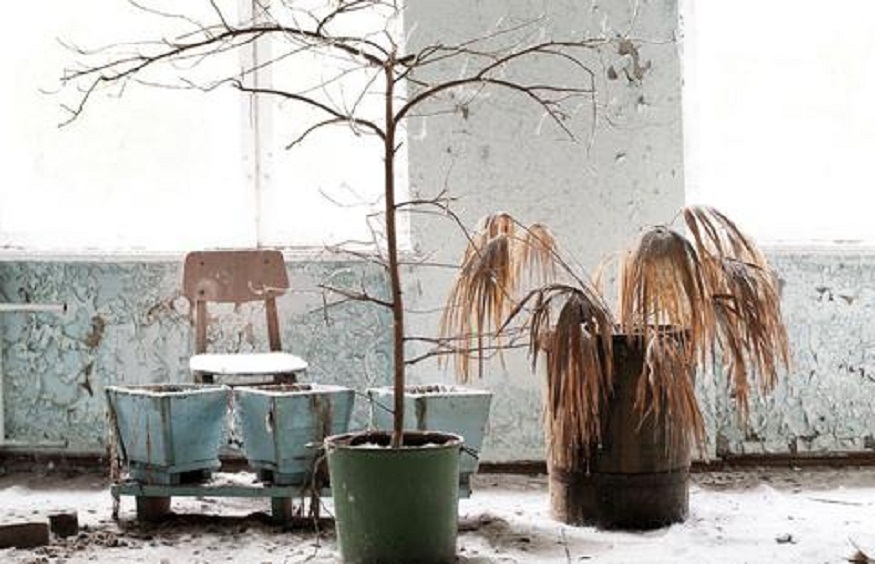Planting trees near walls requires careful planning to avoid potential structural damage over time. Roots naturally spread out in search of water, oxygen, and nutrients, and without proper spacing, they can infiltrate foundations, crack walls, or damage nearby walkways and driveways. To ensure your tree thrives without posing a risk, follow the spacing guidelines below based on the tree’s size at maturity:
- Small Trees (up to 25 feet): Keep at least 8 to 10 feet from walls.
- Medium Trees (up to 40 feet): Maintain a 15-foot distance.
- Large Trees (over 40 feet): Plant at least 20 feet away from walls or any structure.
Why Proper Distance Matters
Tree roots grow opportunistically, following water lines or existing cracks in concrete structures. While roots don’t deliberately break pipes or walls, they take advantage of any openings they find. Planting too close can lead to foundational shifts, cracked walls, or blocked drainage systems, all of which are costly to repair. Moreover, keeping proper distance ensures the tree’s canopy won’t interfere with roofs, windows, or gutters.
Additionally, some species, such as willows or silver maples, have particularly aggressive root systems that require even more space — sometimes up to 75 to 100 feet from any building. On the other hand, trees with compact root systems are safer options for planting near walls.
Best Trees to Plant Near Walls
Choosing trees with non-invasive roots helps minimize the risk of structural damage. Below are a few ideal options:
- Japanese Maple: This small, ornamental tree grows slowly with shallow roots, making it perfect for planting near walls or pathways without risk of damage.
- Serviceberry (Amelanchier laevis): Growing up to 25 feet, this tree has a well-contained root system and offers attractive spring blooms and fall foliage.
- Sweetbay Magnolia (Magnolia virginiana): Known for its manageable size and adaptable root system, this tree grows well in compact spaces and provides lush, semi-evergreen foliage with fragrant flowers.
These trees not only enhance your landscape’s beauty but also keep structural concerns at bay, making them popular choices for urban or suburban spaces with limited room.
Professional Assistance and Tree Maintenance
Even with the right planning, trees can sometimes grow too close to walls or outgrow their initial space. In such cases, expert help might be necessary. A Charlotte arborist can provide guidance on planting, pruning, or relocating trees to prevent future problems. If trees are already too close to your property, services like tree removal in Charlotte or stump grinding in Charlotte can resolve the issue safely.
For situations where tree roots have compromised walls or walkways, tree stump removal in Charlotte ensures that the tree’s remnants won’t cause further damage or regrowth issues.
Conclusion
Planting trees near walls can be both aesthetically pleasing and functional if done correctly. The key is maintaining proper spacing to prevent root interference and selecting trees with manageable root systems. With thoughtful planning, homeowners can enjoy the benefits of trees without the headache of future structural repairs. And when in doubt, consulting with professionals ensures that your landscape stays beautiful and problem-free for years to come.

